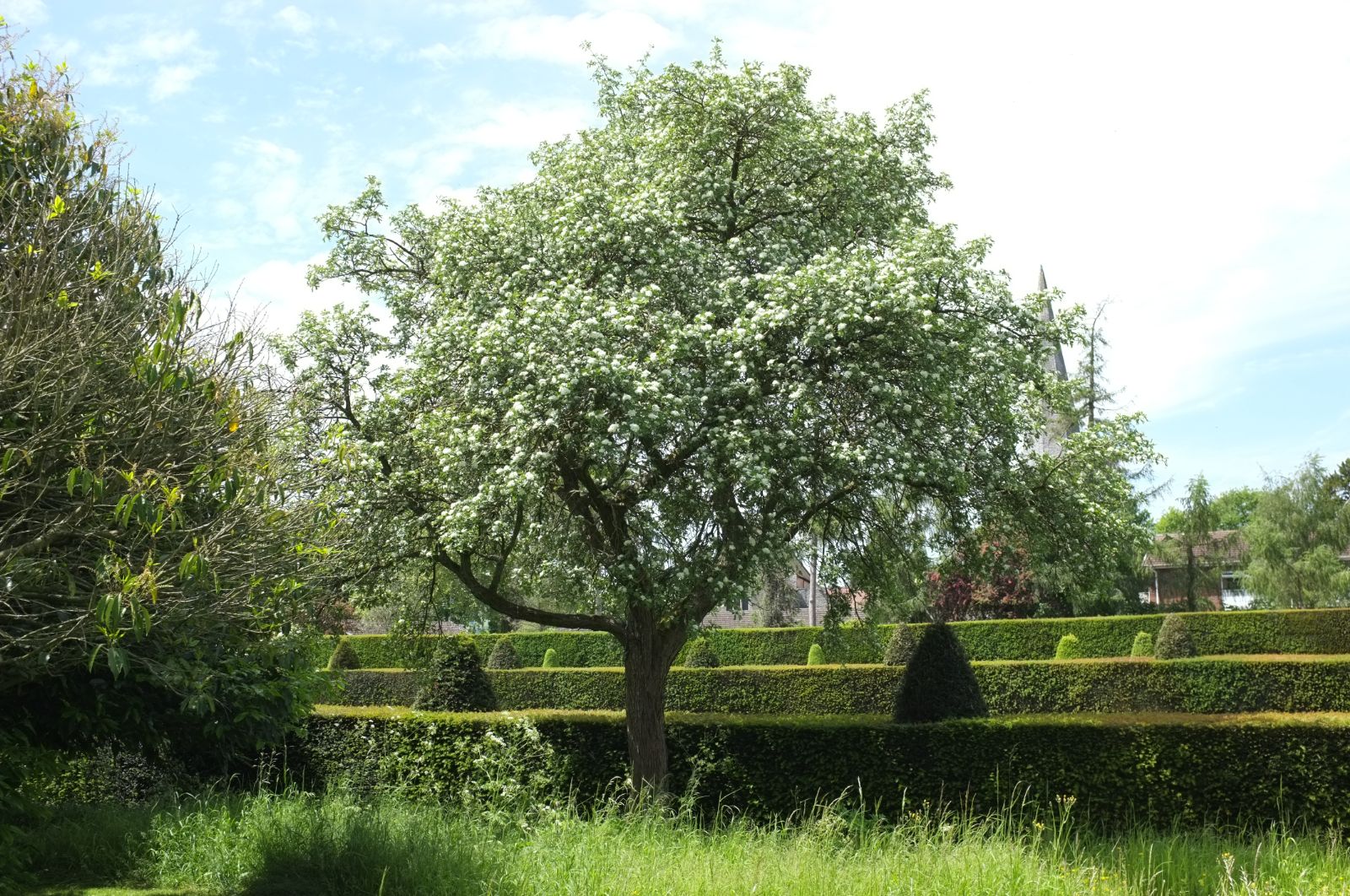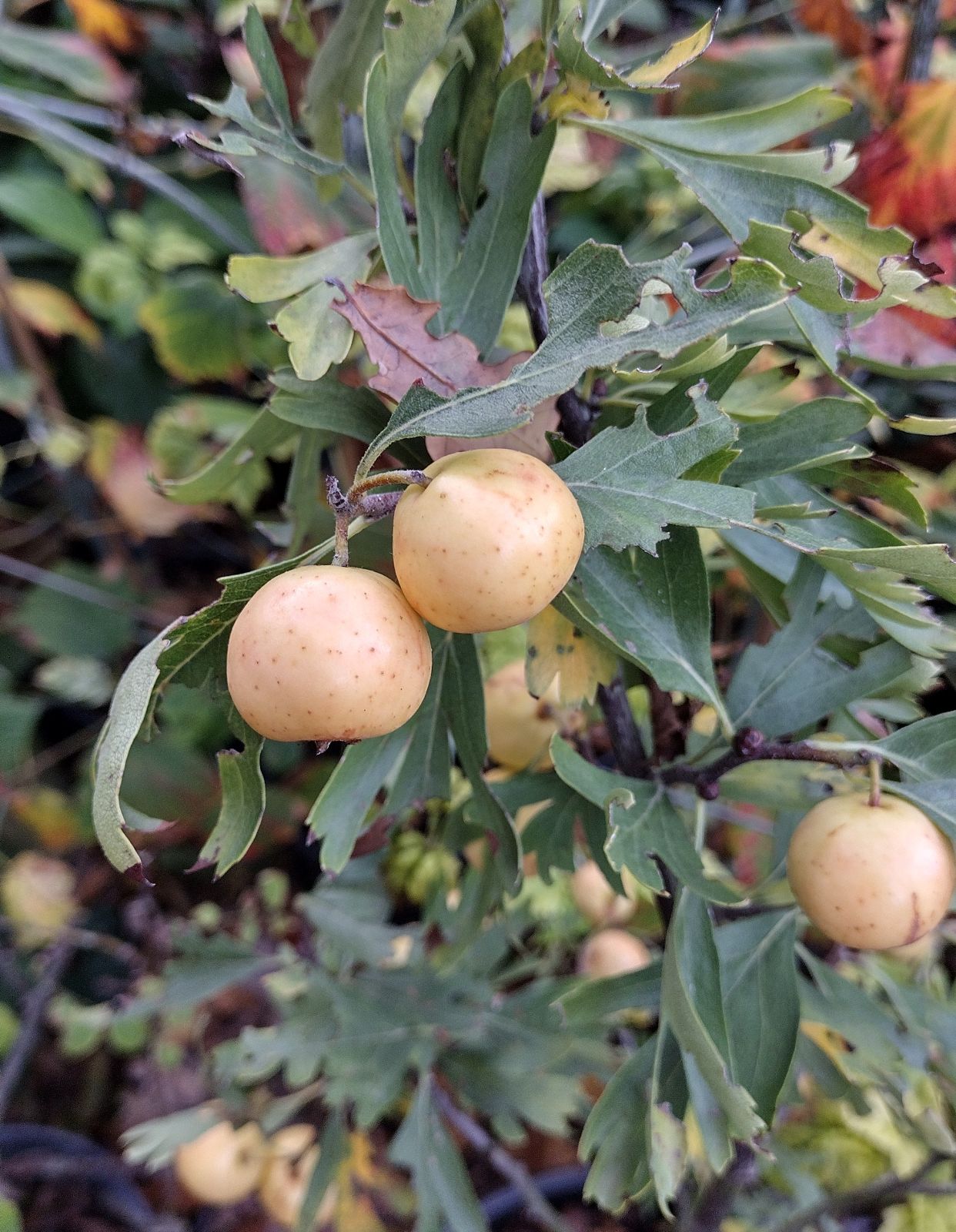Crataegus azarolus
Sponsor
Kindly sponsored by
This genus has been sponsored and new text is being prepared.
Credits
Article from Bean's Trees and Shrubs Hardy in the British Isles
Recommended citation
'Crataegus azarolus' from the website Trees and Shrubs Online (treesandshrubsonline.
Genus
Synonyms
- C. aronia Bosc
Infraspecifics
Other taxa in genus
- Crataegus ambigua
- Crataegus apiifolia
- Crataegus aprica
- Crataegus baroussana
- Crataegus brachyacantha
- Crataegus chlorosarca
- Crataegus chrysocarpa
- Crataegus chungtienensis
- Crataegus coccinioides
- Crataegus crus-galli
- Crataegus cuneata
- Crataegus × dippeliana
- Crataegus douglasii
- Crataegus dsungarica
- Crataegus durobrivensis
- Crataegus flabellata
- Crataegus flava
- Crataegus henryi
- Crataegus heterophylla
- Crataegus intricata
- Crataegus jozana
- Crataegus laevigata
- Crataegus × lavallei
- Crataegus macracantha
- Crataegus marshallii
- Crataegus mexicana
- Crataegus meyeri
- Crataegus mollis
- Crataegus monogyna
- Crataegus nigra
- Crataegus oliveriana
- Crataegus orientalis
- Crataegus oxyacantha
- Crataegus pedicellata
- Crataegus pentagyna
- Crataegus phaenopyrum
- Crataegus pinnatifida
- Crataegus pruinosa
- Crataegus prunifolia
- Crataegus pseudoheterophylla
- Crataegus punctata
- Crataegus sanguinea
- Crataegus spathulata
- Crataegus stipulacea
- Crataegus succulenta
- Crataegus tanacetifolia
- Crataegus tomentosa
- Crataegus uniflora
- Crataegus viridis
- Crataegus wattiana
- Crataegus wilsonii
A small, very slightly spiny tree up to 30 ft high; young shoots covered with fine down. Leaves wedge-shaped at the base, 11⁄2 to 3 in. long, nearly as wide; obovate to rhomboidal, three- or five-lobed (sometimes almost to the midrib), lobes toothed at the end or sometimes entire; bright green, ultimately nearly glabrous above, downy beneath; stalk 1⁄2 to 1 in. long; stipules deeply toothed, cockscomb-shaped. Flowers white, about 1⁄2 in. across, produced during June in densely flowered corymbs 2 to 3 in. across; stamens twenty; style one or two (rarely three). Fruit up to 3⁄4 or 1 in. diameter, globose, mostly orange or yellow, but varying to whitish or red, apple-like in flavour.
Native of S. Europe, N. Africa and the Near East; cultivated in England in the seventeenth century, but never, I think, very common – most of the trees so-called being either the var. sinaica or C. laciniata. The latter is different in general aspect, its leaves are thinner, and with narrower, deeper lobing as a rule, and the flowers have from three to five styles. The species is cultivated in S.E. Europe for its edible fruits, which vary much in size and colour.
var. sinaica (Boiss.) Lange
Synonyms
C. sinaica Boiss.
C. maroccana Lindl


